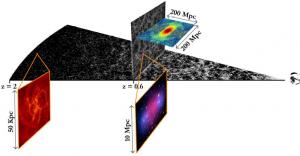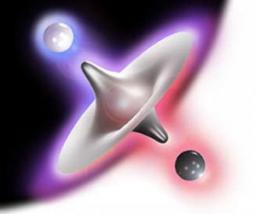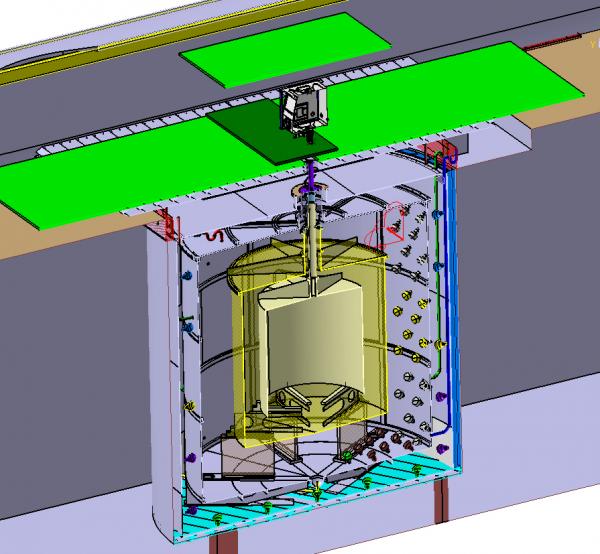The DPhP Atlas and CMS groups actively contributed to the first accurate measurements of the Higgs boson properties in the decay channel in two Z bosons, for the Atlas group, and two photons for the CMS group. The tests of the standard particle physics model with precision measurements on the W mass for example, and the direct search for new physics are the two approaches to find the new physics in the data collected from particle colliders.


The most intriguing development in modern cosmology is to realise that the better part of the Universe is essentially of unknown nature. This conclusion relies on two types of observations. The first one is the indirect evidence since decades of the presence of a large quantity of invisible matter, called dark matter, whose gravitational influence spans all cosmic scales, from galaxy to clusters of galaxies, and the whole Universe.
Fundamental Interactions: tests at low energies
Powerful fundamental interaction tests can be performed in the low energy domain, usually in the form of high precision measurements. At Irfu, this theme corresponds to two activities: - on the one hand, high-precision measurements of nuclear decay β at GANIL, - on the other hand to measure the movement of antihydrogen atoms in the Earth's gravitational field, i.e. a free fall experiment for antimatter.


The physics of neutrinos is studied using different sources such as reactors, accelerators and radioactive sources. The objectives of these experiments are: - to measure all neutrino oscillation parameters by varying their energies and oscillation distance and measure their mass. These measurements could be related to phenomena beyond the standard particle physics model: for example new interactions, or the existence of new particles.

